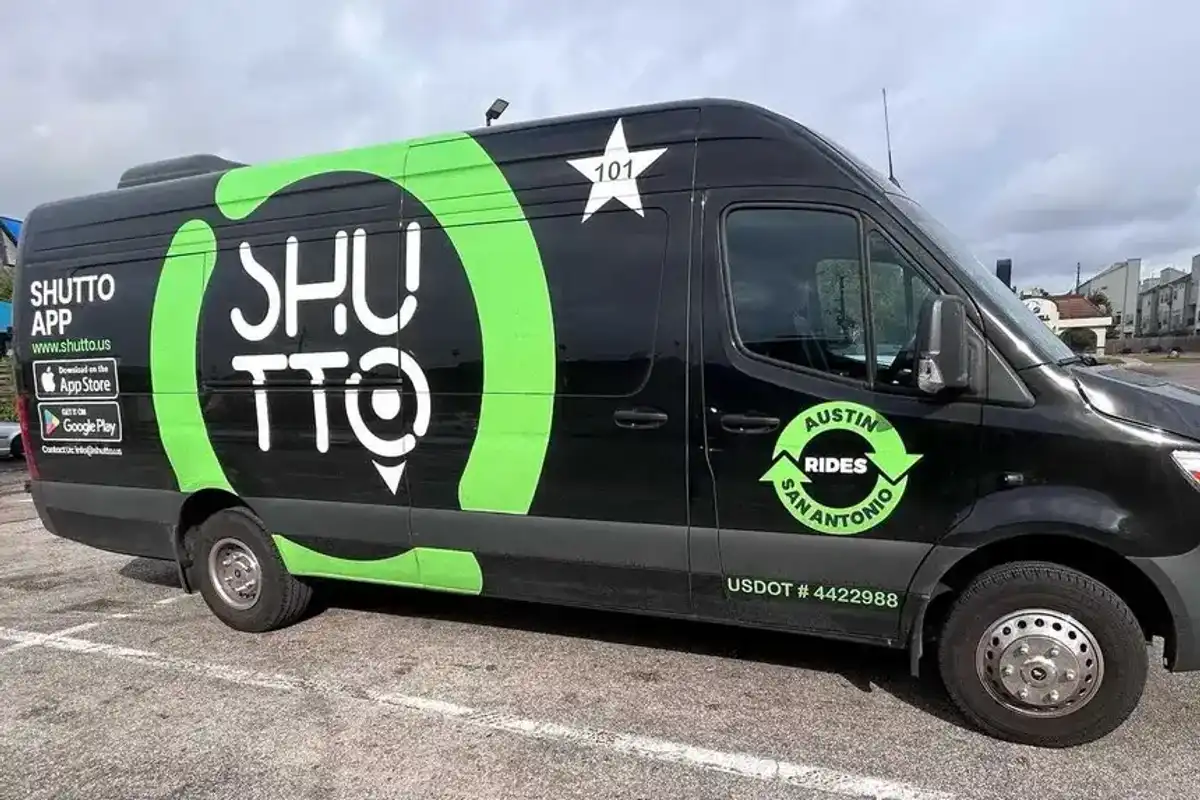Houston expert: Here's how the pandemic affected the workforce
guest column
The pandemic has altered many aspects of American life, but perhaps none as much as the way Americans work – or, if they work at all. One startling phenomenon resulting from the pandemic is a massive exodus of people leaving the workforce. On average, around 4 million employees quit their jobs each month in 2021, with resignations accelerating toward the end of last year and hitting a record 4.5 million in November.
These mass departures have created an imbalance in the labor market. As of December 2021, there were 10.9 million job openings in the United States, but only 6.3 million unemployed workers. This imbalance has contributed to the supply chain issues that have plagued many industries, as well as to some of the wage and price inflation we are seeing. Inflation has been rising while our labor force participation rate has plummeted to 61.9 percent, back to around where we were in the mid-1970s. In other words, only about 3 out of 5 working-age adults are actually working.
Embedded in the resignation data are really two types of people: those who are leaving the workforce permanently, and those who are leaving their current jobs for better, or more flexible, work. If the former group refers to a trend dubbed the “Great Resignation,” the latter is more aptly described as the “Great Reallocation.” Although fundamentally different, both trends tell us something important about the ways in which American work life has changed in the wake of the pandemic.
Workers permanently leaving the workforce may be doing so for a variety of reasons. Pre-pandemic, America was already in the Baby Boomer retirement cycle. So, for many people who might have been a year or two away from retirement before the pandemic, the fear and uncertainty resulting from COVID-19 simply delayed those plans. But with 2021’s stock market gains, and retirement accounts flush with cash, many people felt secure enough to pursue the retirement they put off during 2020’s uncertainty.
Another subset of people leaving the workforce likely did so out of a legitimate fear of COVID-19 or, on the flip side, because of burgeoning vaccine mandates. As Americans learn to live with COVID-19, and with many vaccine mandates being struck down or withdrawn, some of these workers will return to the workforce, while others will opt for retirement to avoid these issues. Additionally, with the advent of virtual school across much of the United States, many parents felt pressure to either quit working and stay home with their kids or quit an in-person job to find a work-from-home job.
Still another subset of workers—primarily those in lower-wage jobs—chose to stay home because government subsidies stemming from the pandemic equaled or, in some cases, exceeded their expected earnings from work. Since those subsidies largely ended, many of these workers have been looking to reenter the workforce. However, with the rise of artificial intelligence algorithms pruning resumes for “fit” with certain jobs, a significant employment gap on a worker’s resume could create problems for many who are now seeking work. In any event, many workers looking to get back in the game could benefit from having an expert optimize their resumes so they are attractive to the gatekeeper’s new electronic eye.
Another group of workers resigned to start their own businesses. From January to November 2021, nearly 5 million new businesses were created in the United States. This represents a 55 percent increase over the same period in 2019, which was a boom year right before the pandemic.
The workforce gap stemming from the “Great Resignation” has substantially increased employee bargaining power. In an effort to bridge that gap, employers have been engaged in a war for talent that will continue or, absent a market disruption, even intensify in 2022. In this tight labor market, employers have been realizing that there is a competitive advantage to recruiting talent away from competitors. Wages are up, with no downturn in sight. In November of 2021 alone, pay was up 3.2 percent for employees remaining in their existing jobs. But, for those employees who switched jobs, pay increased 4.3 percent, revealing an advantage to employees looking to “upgrade” their positions. To attract employees, employers are not only offering higher wages, but also, other enticements like signing bonuses, retention bonuses, private offices, and hybrid or fully remote working arrangements.
The pandemic also changed employees’ perspective on work. People became introspective and reevaluated their wants and needs. With so many forced to work from home at the onset of the pandemic, and the overall success of working from home, the flexibility that accompanies working from home has now become ingrained in people’s psyches. Many now prefer or demand jobs with greater flexibility. The success of the work from home phenomenon has also caused several employers to embrace nationwide recruiting of remote workers. These employers greatly benefit from mining a nationwide talent pool and their employees love being able to live where they want, work from home, and still receive great pay. Now, if you want to live in a cabin in Montana or a beach house in Florida, you can do that and still get Silicon Valley pay.
Given the pandemic-driven new market realities, a few things have become clear. First, work from home, to a greater or lesser extent, is here to stay. Second, whether employees work from home or at a business, if we hope to solve supply chain problems, get products back on shelves, and stem the tide of inflation, we need to get Americans back in the workforce. Third, for those considering going back to work, there is no better time than now.
------
Scott Nelson is a Houston-based partner at Hunton Andrews Kurth focused on labor and employment.





